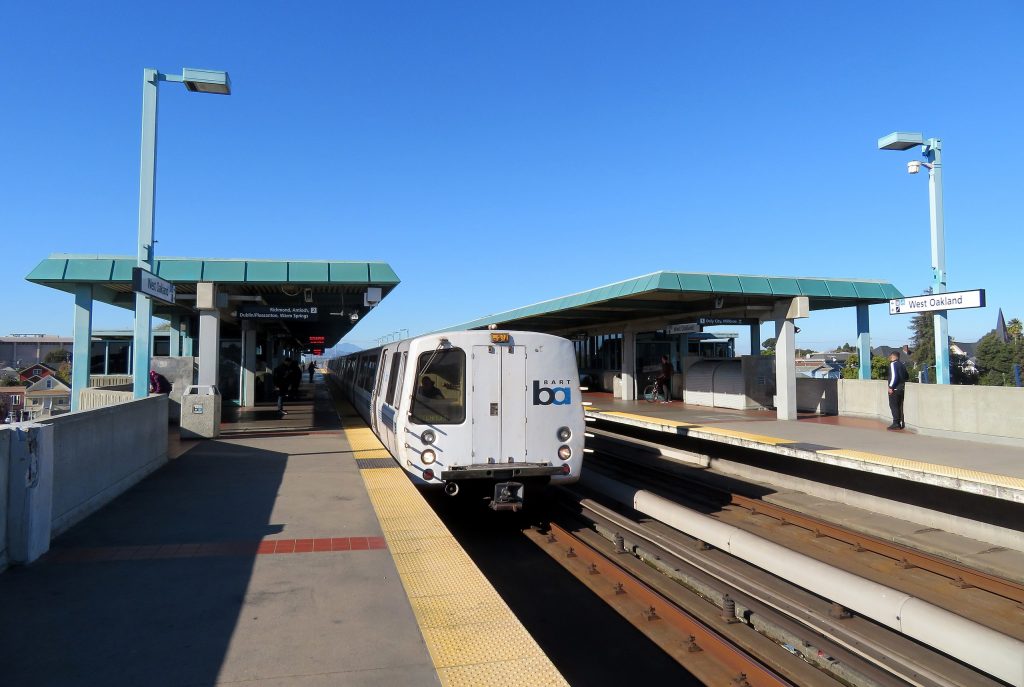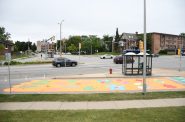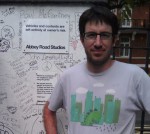Oakland Launches Universal Basic Mobility Program
All the city news you can use.

A BART train at West Oakland station in December 2018. Pi.1415926535, (CC BY-SA 3.0), via Wikimedia Commons
Every day at The Overhead Wire we sort through over 1,500 news items about cities and share the best ones with our email list. At the end of the week, we take some of the most popular stories and share them with Urban Milwaukee readers. They are national (or international) links, sometimes entertaining and sometimes absurd, but hopefully useful.
Universal basic mobility pilot gets bigger: After the success of an initial universal mobility pilot in Oakland, the program is being extended to 1,000 residents in West Oakland. The program puts $320 on pre-paid debit cards for low income residents that can be used for transit, Amtrak, and shared mobility. The initial pilot reduced driving 23% and made 40% of participants change the way they travel. (Terry Castleman | Los Angeles Times)
Roommate matching online: Durango Colorado is considering matching people looking for a room with homeowners looking to share using online programs similar to dating apps. The hope is that they can find housing for people with those they are compatible with to reduce friction. However before the app would launch, more homeowners would need to participate. (Christian Burney | Durango Herald)
Creating cool corridors: In the heat of the summer cities can have a much higher temperature than surrounding areas due to the urban heat island effect. The counter this, cities like Stuttgart have created cold air corridors to pull air from the countryside into the city that include green strips, railway lines, and wide tree lined streets. Cold air stays low to the ground so it’s important to have spaces without buildings that can block air flow. (Gero Reuter | Duetsche Welle)
Forgotten light rail history: Early light rail lines in the United States were built as lower cost alternatives to metros. But they also came with greater connectivity in their system planning than more recent system expansion. Uday Schultz argues that early success of systems in places like Calgary underscores the importance of thinking of transit as a networked system, not as individual lines on a map. (Udah Schultz | Home Signal)
Quote of the Week
All weekend long folks were coming up to me, expressing their love of the map and the progression of events. Enabling walking from event to event increased the social nature of the weekend. I’m honestly blown away that it worked so well. It was a hypothesis I had, and this was a successful experiment.
-Los Angeles Design Weekend (LADW) founder Holland Denvir in Dezeen discussing the benefits of a walkable LADW tour program.
This week on the Talking Headways podcast we’re chatting with Tracy Hadden Loh of the Brookings Institute about impacts of the pandemic on downtowns, activity centers, and transit usage. We chat about creating activity center cluster maps and a recent report entitled Building Better on Philadelphia.
Want more links to read? Visit The Overhead Wire and signup.
Urban Reads
-
Congestion Pricing Cuts Air Pollution in New York City
 Dec 14th, 2025 by Jeff Wood
Dec 14th, 2025 by Jeff Wood
-
We Think We Love to Drive. But Do We Really?
 Dec 7th, 2025 by Jeff Wood
Dec 7th, 2025 by Jeff Wood
-
Can Scott Wiener Tackle America’s Housing Crisis?
 Nov 23rd, 2025 by Jeff Wood
Nov 23rd, 2025 by Jeff Wood




















